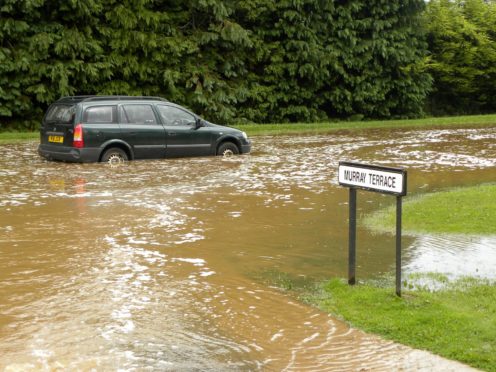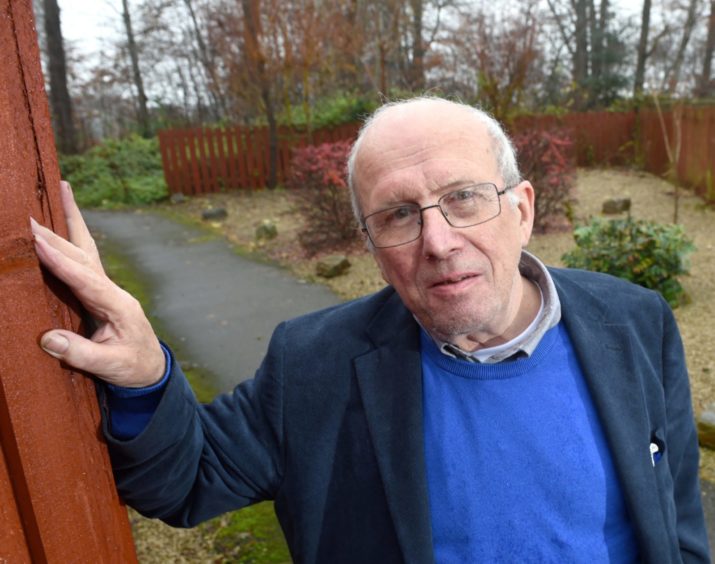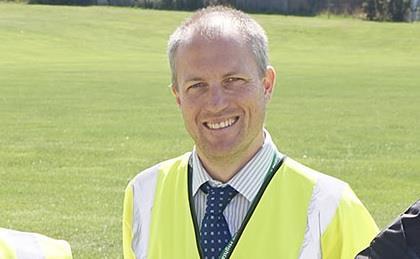It has been 10 years since a summer of heavy rain wreaked havoc across Inverness.
Torrential downpours hit on three separate occasions across July and August 2011.
It caused disruption to hundreds of people and prompted crisis meetings between Highland Council and angry residents in Smithton and Culloden.
Ultimately, it led the local authority committing to an £11m flood alleviation scheme for the area.
A decade on, can people in the city feel confident that their house will be safe the next the Met Office warns us about heavy rain?
Years of flood misery comes to a head
Calls for the council to take action began to gather pace when there was heavy flooding across Inverness in 2002.
When the same issues cropped up nine years later, patience among people living on the east side of the city was wearing thin.
The torrential rain hit particularly hard in Smithton and Culloden in 2011.
Good Samaritan Bill Hamilton, 68, died while attempting to unblock a culvert as water swept through the area.
He was trying to help his neighbours when he fell and hit his head before he was swept away and drowned.
Dozens of others had to flee their homes as water poured into garages and living rooms.
Fortunately, the action taken since then seems to have restored confidence.
Gerard McCabe’s home in Culloden’s Loch Lann Road was hit hard by the 2011 floods.
He lost the entire contents of his garage and water wrecked the ground floor of his property.
It was the third time the burn near his house had burst its banks in as many years.
The flood forced Mr McCabe and his wife into a four-month stay at a hotel while repairs took place.
Speaking 10 years after the problems came to a head, the 55-year-old feels a lot happier now that the flood scheme has been built.
“We’ve not had any problems,” he said. “We used to worry about it quite a lot when it rained. But now we don’t stress because it seems to be much better.”
‘There is always a risk’
Not everyone is happy, however.
David McGrath, the former chairman of Smithton and Culloden community council, was one of the most vocal critics of Highland Council’s response in 2011.
“We’ve still had flooding incidents in the area,” he said.
“They’ve put in statement pieces of flood alleviation architecture but I don’t believe they’ve dealt with the overall problem.”
The council’s principal engineer Alan Fraser said he cannot guarantee that there will not be problems in the area again.
That’s the nature of flood risk management.
But the chances of people being hit in the same way has been drastically reduced.
“I could never say they definitely won’t get flooded again,” Mr Fraser said. “There is always a risk, it might be from a flood event greater than what we’ve designed for.
“But we have done a lot to resolve the issues in Smithton and Culloden.
“The level of flood risk has been reduced significantly.”
Will climate change affect the way Highland Council deals with flooding?
One thing people can agree on is that the scheme has certainly spruced up the area.
Parks in Culloden and Smithton are a lot more pleasing to the eye. They also look a lot more friendly to walkers, runners and cyclists.
As numerous places across Europe suffered from serious flooding this summer, experts have been pointing the finger at climate change.
That can create a bit of anxiety, particularly for an area that has suffered in the past.
There is also a major housing project in the pipeline in nearby Stratton, which has the potential to upset the applecart.
But Mr Fraser has more confidence than ever in Highland Council’s ability to get it right.
“I’ve got a far greater level of confidence compared to 20 or 30 years ago,” he said.
“Our knowledge and understanding of flood risk has improved a lot.”




